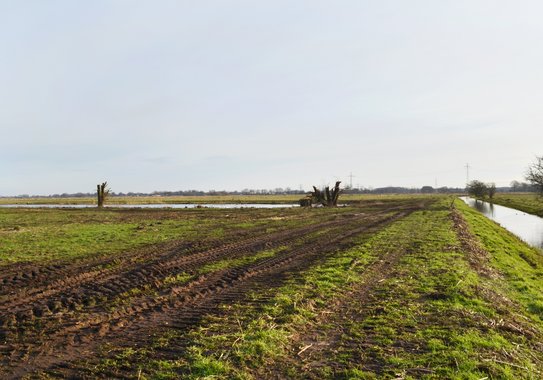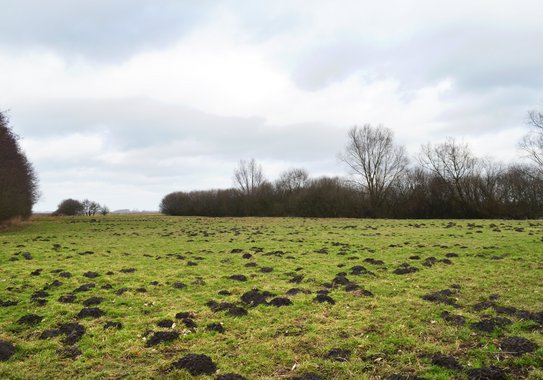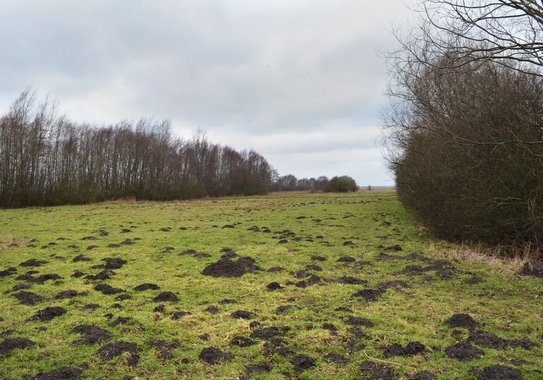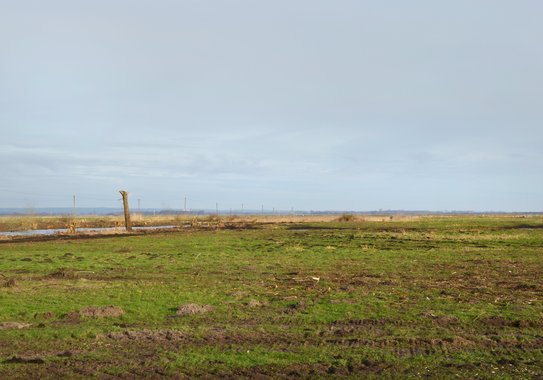Last year, more than 200 breeding pairs of the rare Black-tailed Godwit nested in the Dümmer marsh, and the species is still present in the Boller Moor. Project manager Heinrich Belting from the Nature Conservation Station Dümmer reports, "Populations of numerous highly endangered grassland bird species have developed very positively since then."
What are we doing to sustain this positive trend? In the coming weeks disruptive trees and shrubs around Lower Saxony's project areas Ochsenmoor, western Dümmer marsh, Boller Moor and Lange Lohe will be pruned to optimise the breeding habitats. Pruning trees for conservation might seem paradoxical at first glance, but our project's NLWKN site manager Thorsten Obracay understands that not all bird species prefer lofty heights for nesting and living: "Redshanks, Lapwings, and Black-tailed Godwits – these grassland birds feel at home in open and moist landscapes. Trees, on the other hand, attract birds of prey, as well as foxes and martens." Our ground-nesting birds such as Black-tailed Godwit, Snipe and Lapwing rely on disturbance-free, extensive habitats for their successful breeding.
Funding for these measures comes from the EELA funding scheme (Preservation and Development of Habitats and Species) under the ELER programme for Lower Saxony and Bremen (PFEIL).







